Nigeria has a high need for paper, from the print media to the hundreds of thousands of schools, workplaces, and tons of toiletries, to mention a few. However, insufficient local paper production leaves a significant gap that must be filled by imported paper, much like many once-thriving industries that could not keep up with demand.
Various statistics exist regarding Nigeria’s actual reliance on imported paper. Nigeria spent N410 billion on importing paper-making supplies, paper, and paperboard goods in the third quarter of 2021, according to the National Bureau of Statistics report on international trade.
On the other hand, data from Trading Economics shows that Nigeria imported articles made of pulp, paper, and board worth US$688.06 million in 2021.
History of Paper Making Industry in Nigeria
According to Princess Funmilayo Bakare Okeowo, chief executive officer of FAE Limited and chairman of the Printing and Publishing Group, LCCI, the figures above are underestimates.
She told Nairametrics that Nigeria imports roughly 4 million tonnes of paper yearly, between $1,300 and $1,400. That means Nigeria imports at least $5.2 billion worth of paper annually.
According to Olugbemi Malomo, the president/chairman of the council at the Chartered Institute of Professional Printers of Nigeria (CIPPON), Nigeria imports paper worth N3 trillion annually. This is taking place as Nigeria experiences a severe foreign exchange crisis.
But the paper deficit needn’t be what it is, and Nigeria does possess the capacity to produce paper independently and to profit financially from exporting it.
It’s interesting to note that the global paper market is worth over $350 billion. This is anticipated to increase to $370 billion by 2029 due to rising population, increased educational demand, sustainability objectives, etc.
Nigeria spends trillions of naira annually, importing more than 91% of its paper needs. If Nigeria had continued to develop the paper industry with the vigour it approached in the 1970s and 1980s (see Nigeria’s paper history below), the situation would be the opposite today, with additional benefits like retained jobs.
What Professionals Say
The paper sector in Nigeria is plagued, according to industry stakeholders, among other problems, by unfavourable government regulations.
For instance, Okeowo informed Nairametrics that paper would always be needed. She said that just 10% of Nigeria’s paper demand, or brown paper, mostly utilised by manufacturers to package products, is produced in Nigeria.
White paper, which accounts for 90% of the country’s remaining need, is imported. According to her, Nigeria’s paper and pulp, printing, publishing, and packaging industries have considerable untapped potential, which negatively influences the country’s economic growth and development.
According to her, the business is plagued by concerns including crumbling infrastructure, a lack of foreign currency, a weakening of the naira, increasing raw material prices, subpar research efforts, problems with the legislation, etc. She demanded that the federal government step in to salvage the sector by fostering an atmosphere that would attract international investment and revive the industry.
Malomo cited policy contradictions and inconsistencies as evidence for his claim. “If you ask someone to come and start making paper in Nigeria, knowing that paper production requires a lot of cash, the atmosphere must be conducive to investors making money from their investments,” he added. Therefore, the government and the stakeholders must collaborate to develop regulations controlling the industry. This will ensure that foreign investors in Nigerian paper manufacturing receive a return on their investment.
He said, “The entire capacity of the three paper mills is not up to 200,000 metric tonnes, and at this time, our demand for paper is more than three million metric tonnes,” citing under-capacity and a massive paper output gap. Therefore, our situation would not be resolved even if the paper mills were restored. Therefore, we need to consider more forward-looking ideas that will benefit the paper sector.
Malomo said, “When you make paper, you might use either primary or secondary sources.” This further reveals the gap in the local sector. I can state with authority that no firm makes products from raw materials. With all due respect, what they are doing is more akin to recycling, and what they are creating cannot satisfy even 1% of our needs.
Regarding raw materials, Professor Hussaini D. Ibrahim, director-general of the Raw Material Research Development Council, stated that Nigeria lacks long-fibre plant resources.



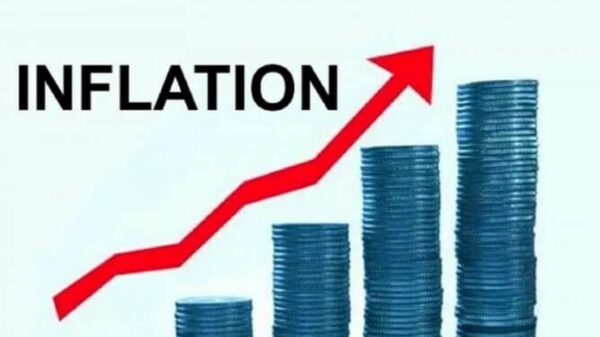

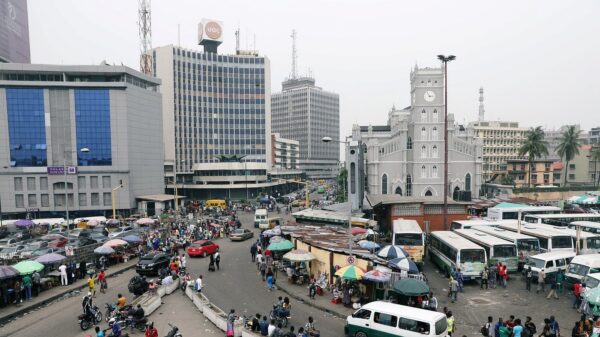




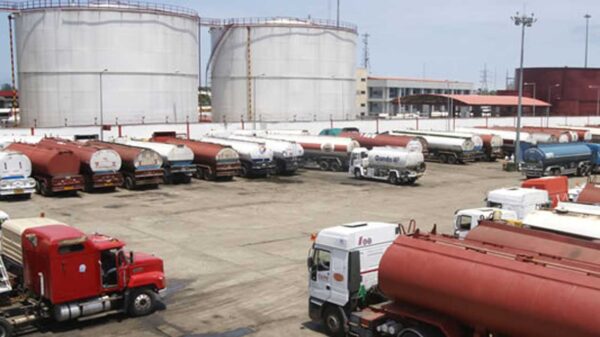



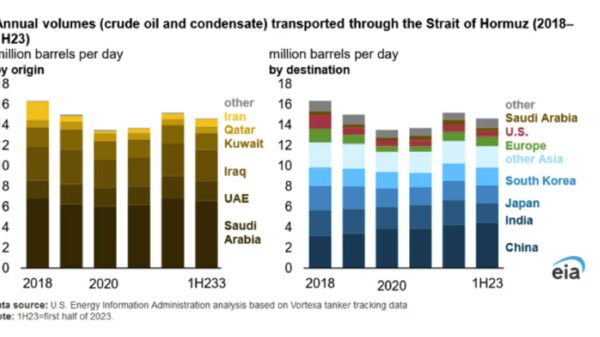
















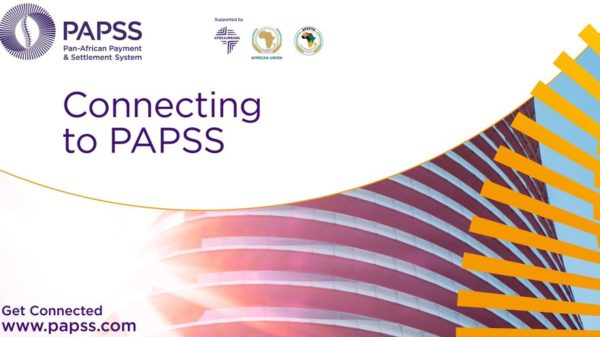

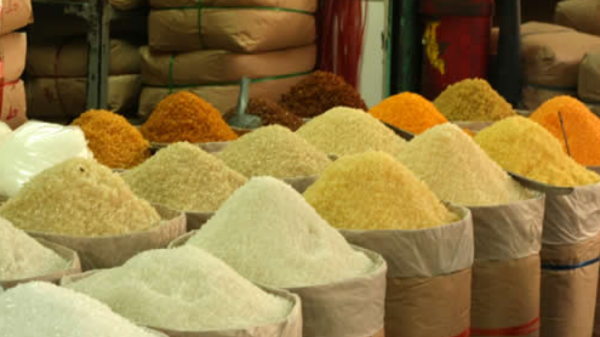

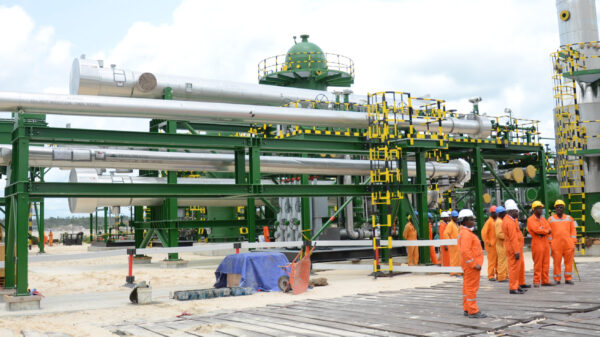


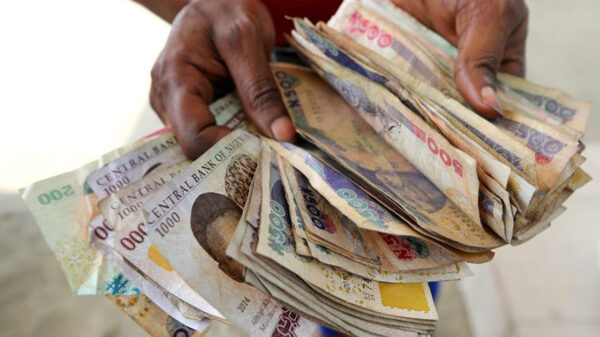
















You must be logged in to post a comment Login